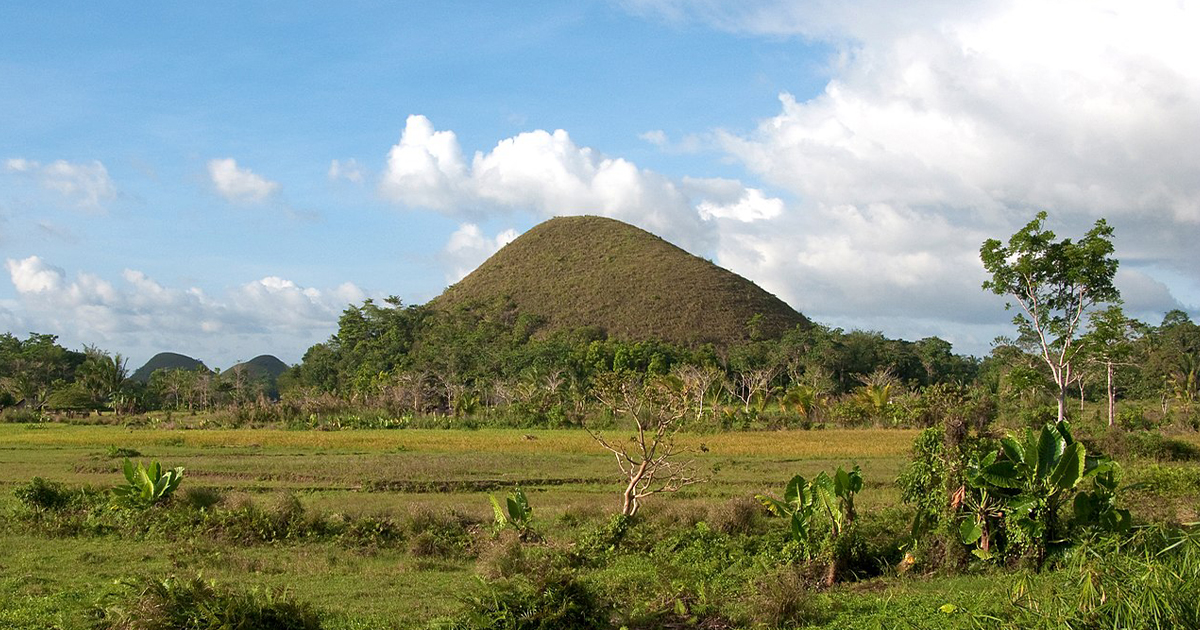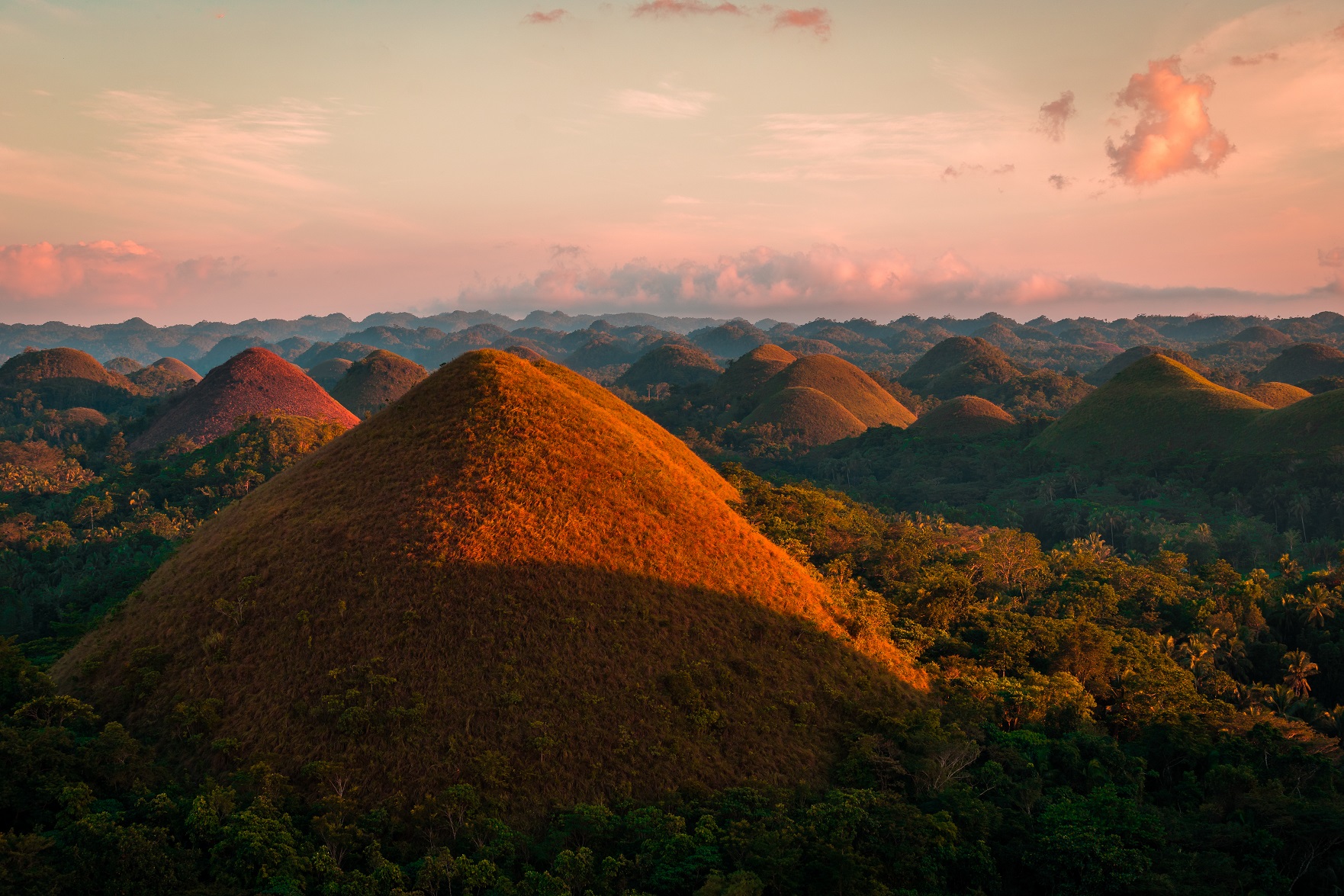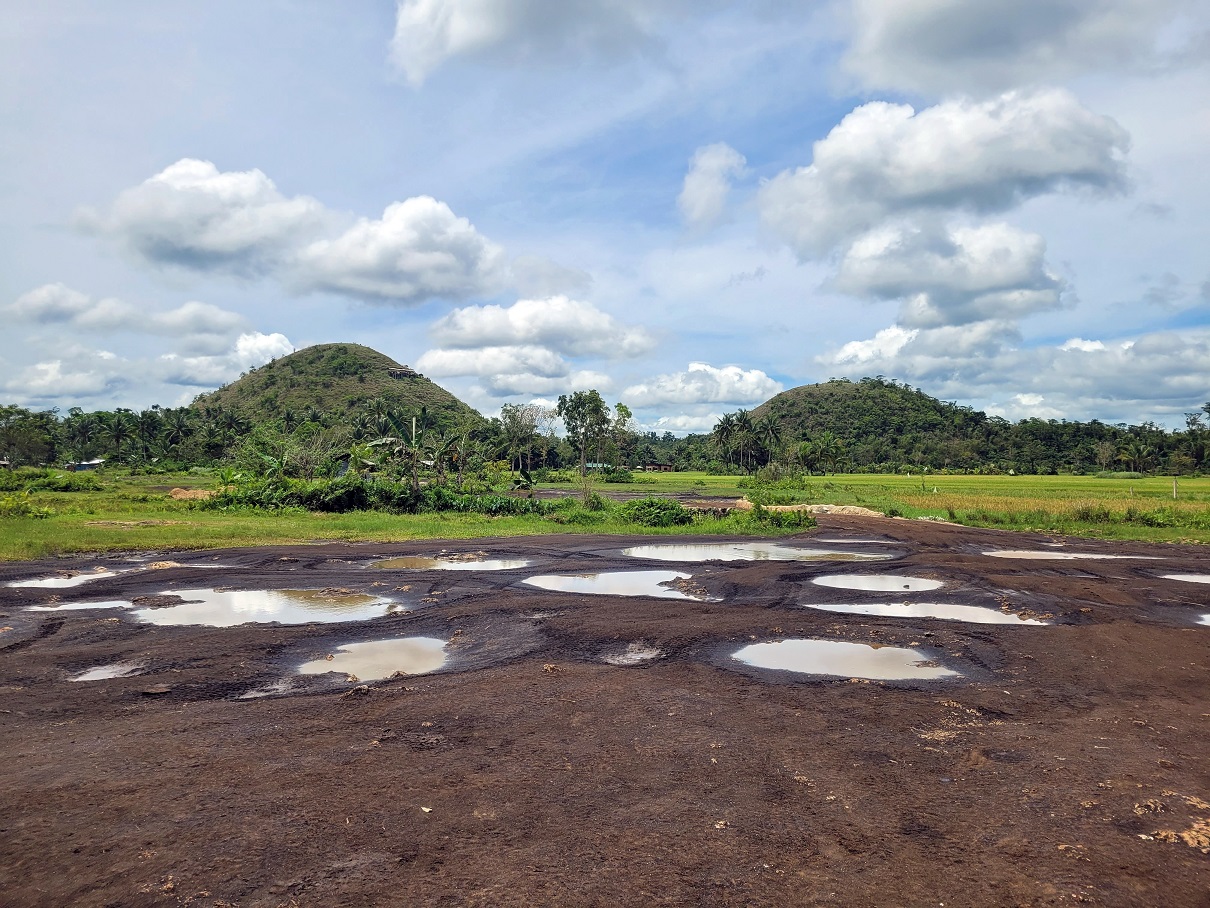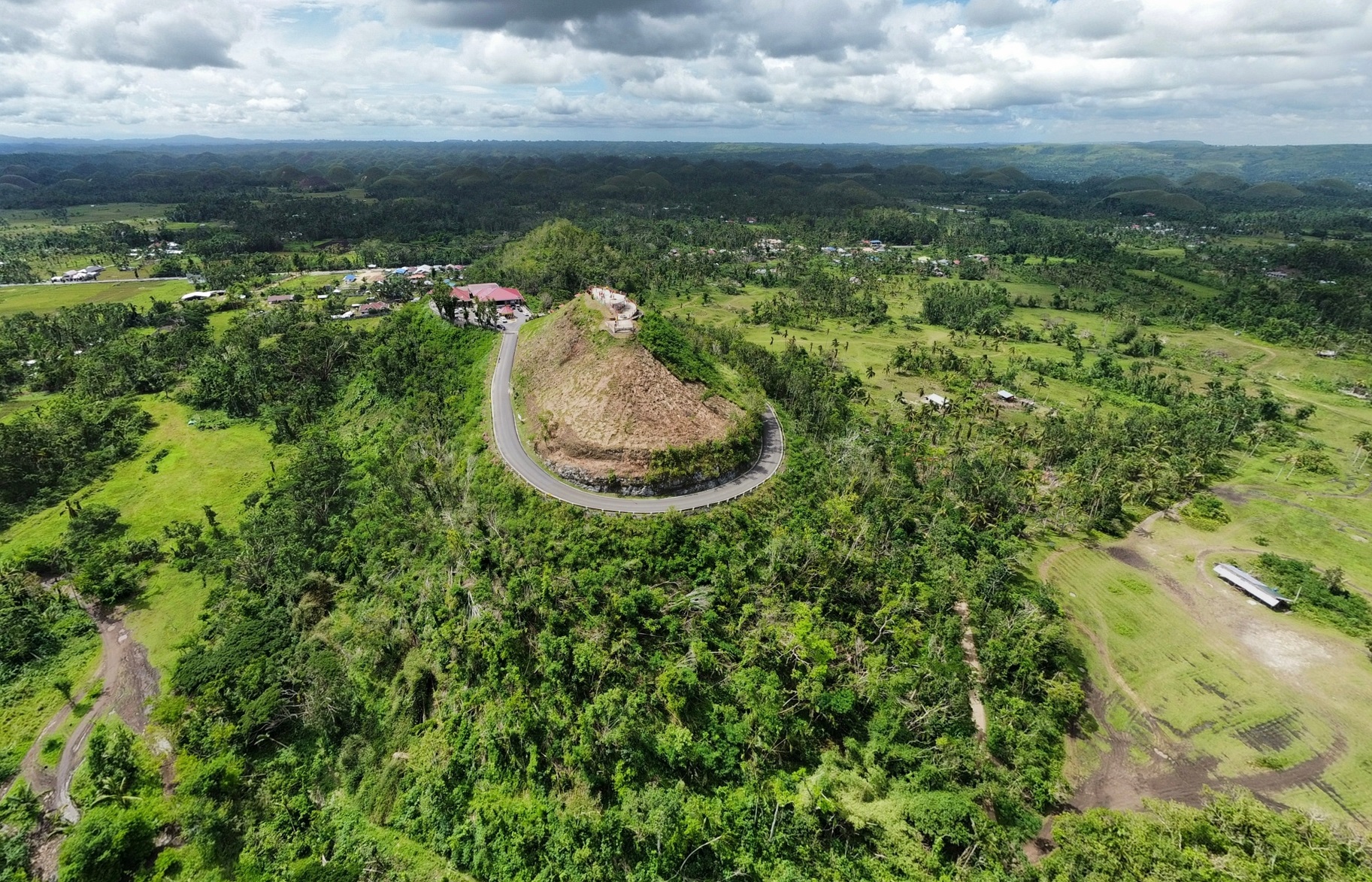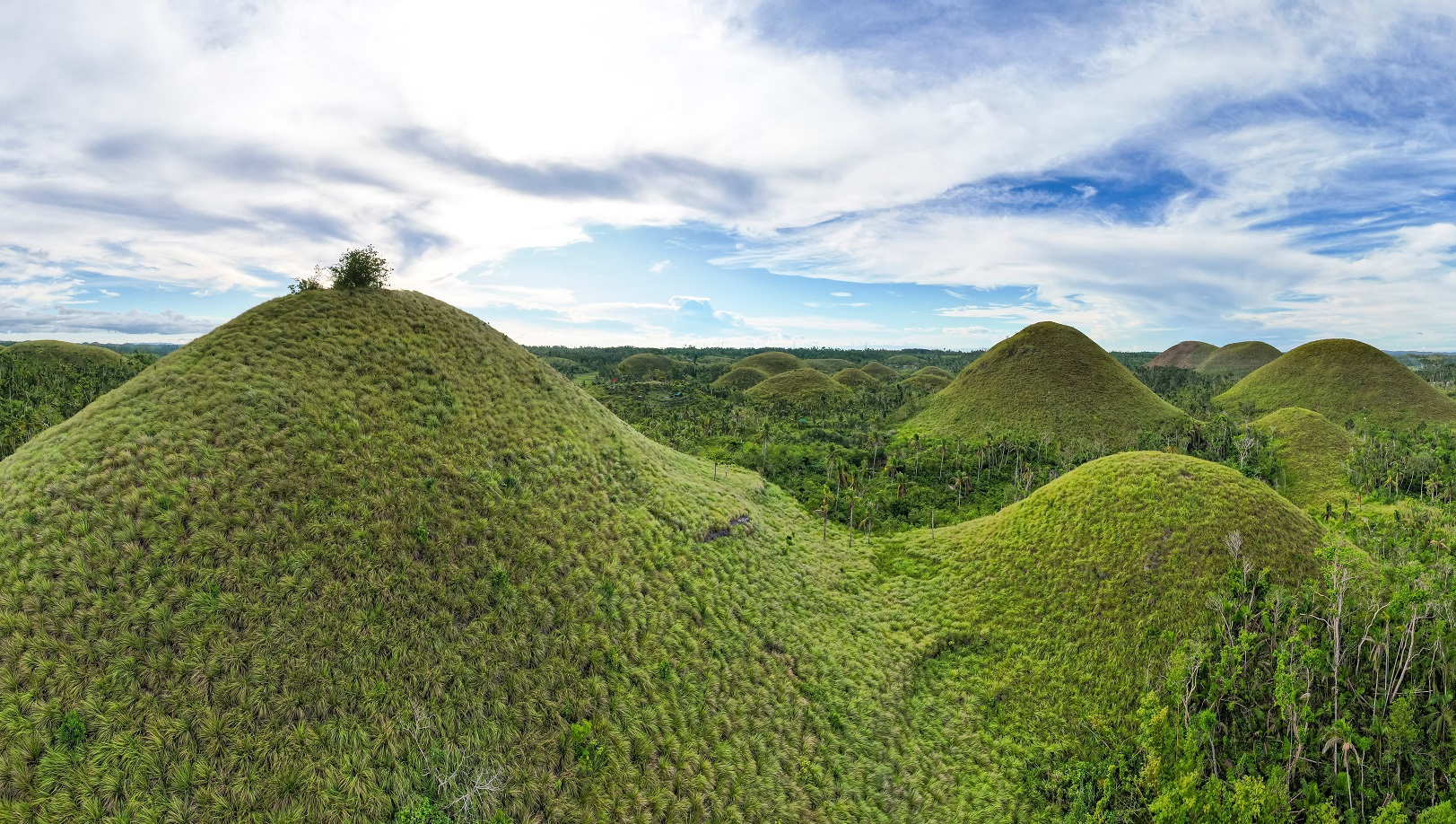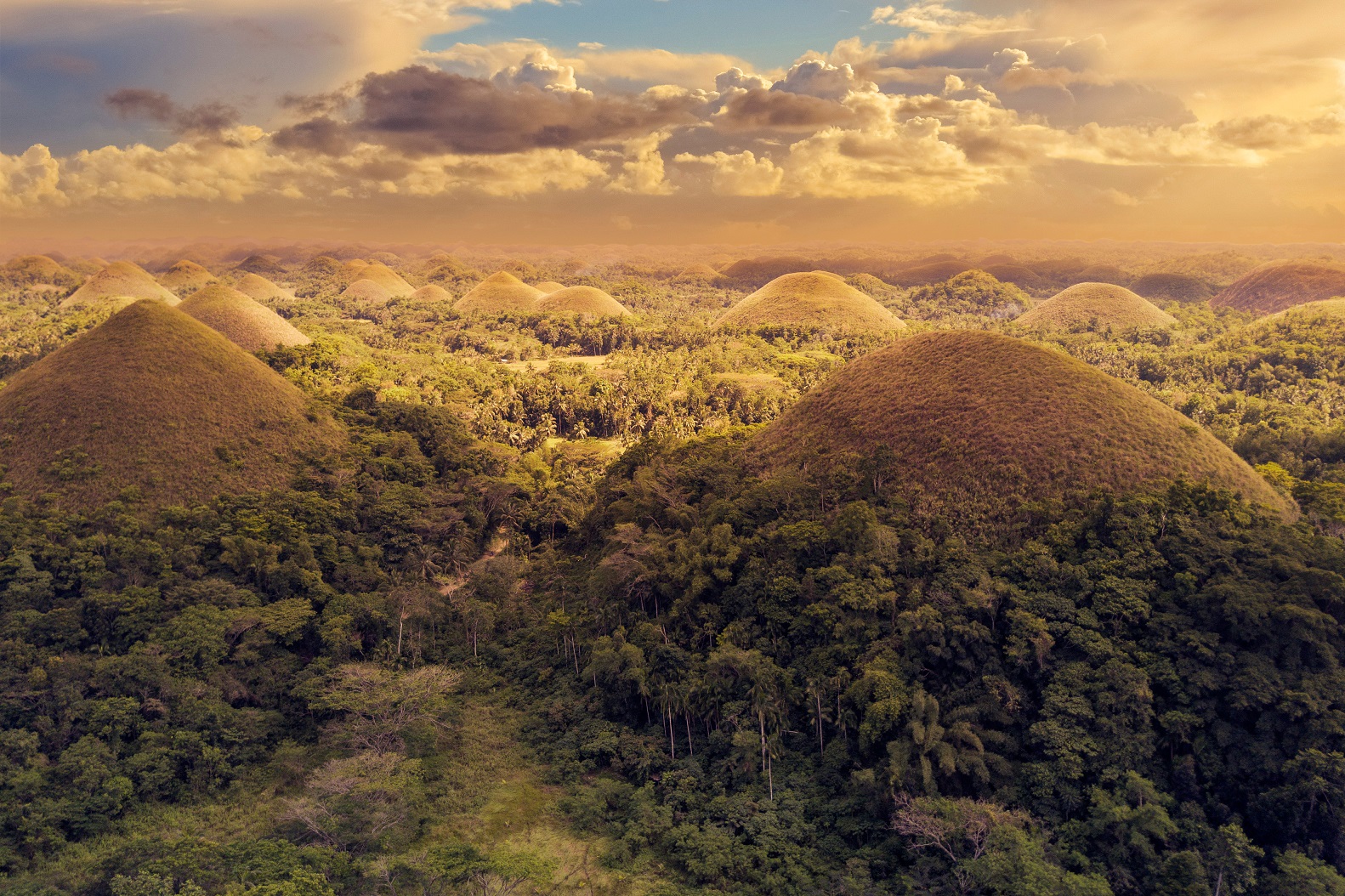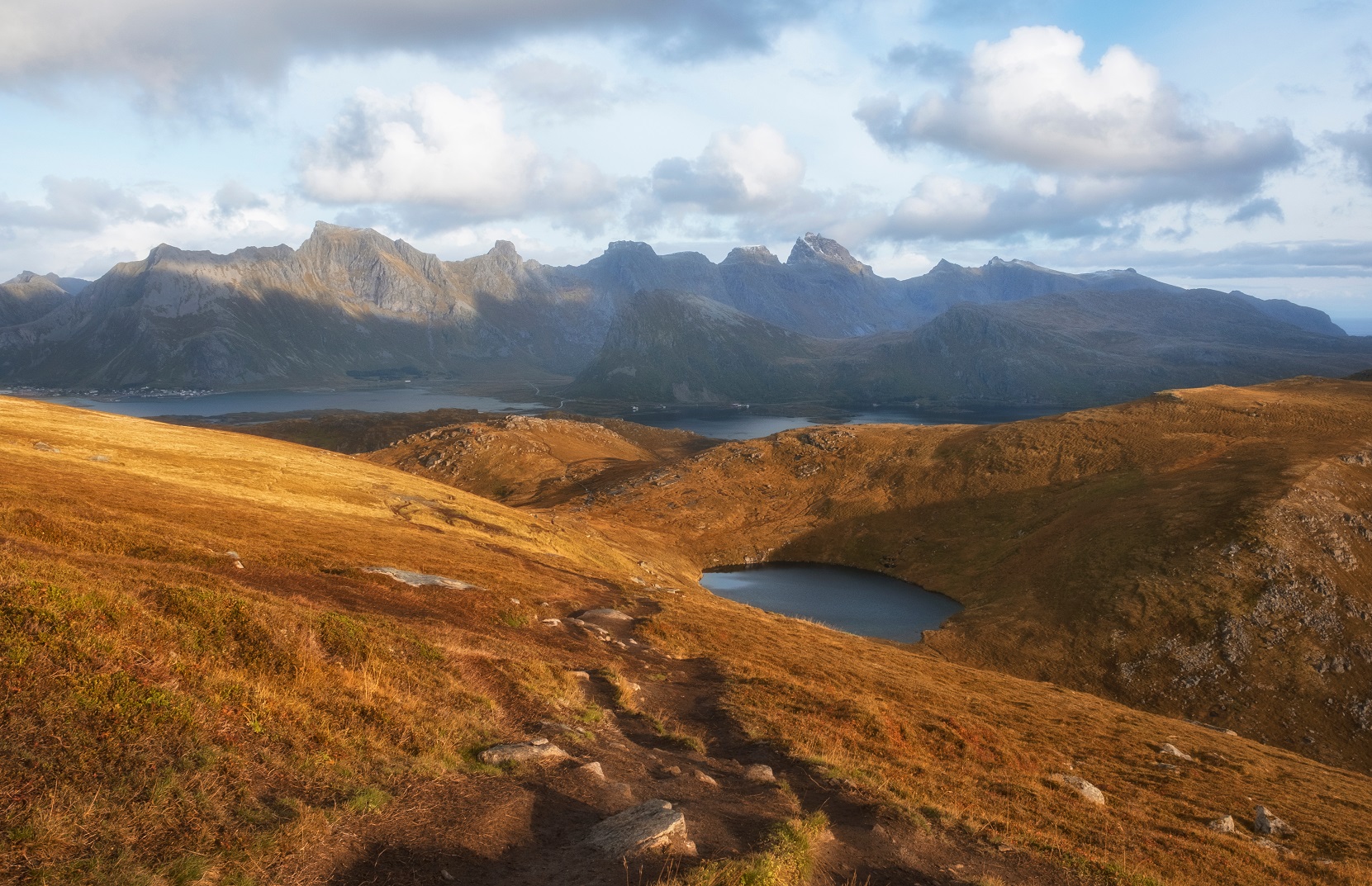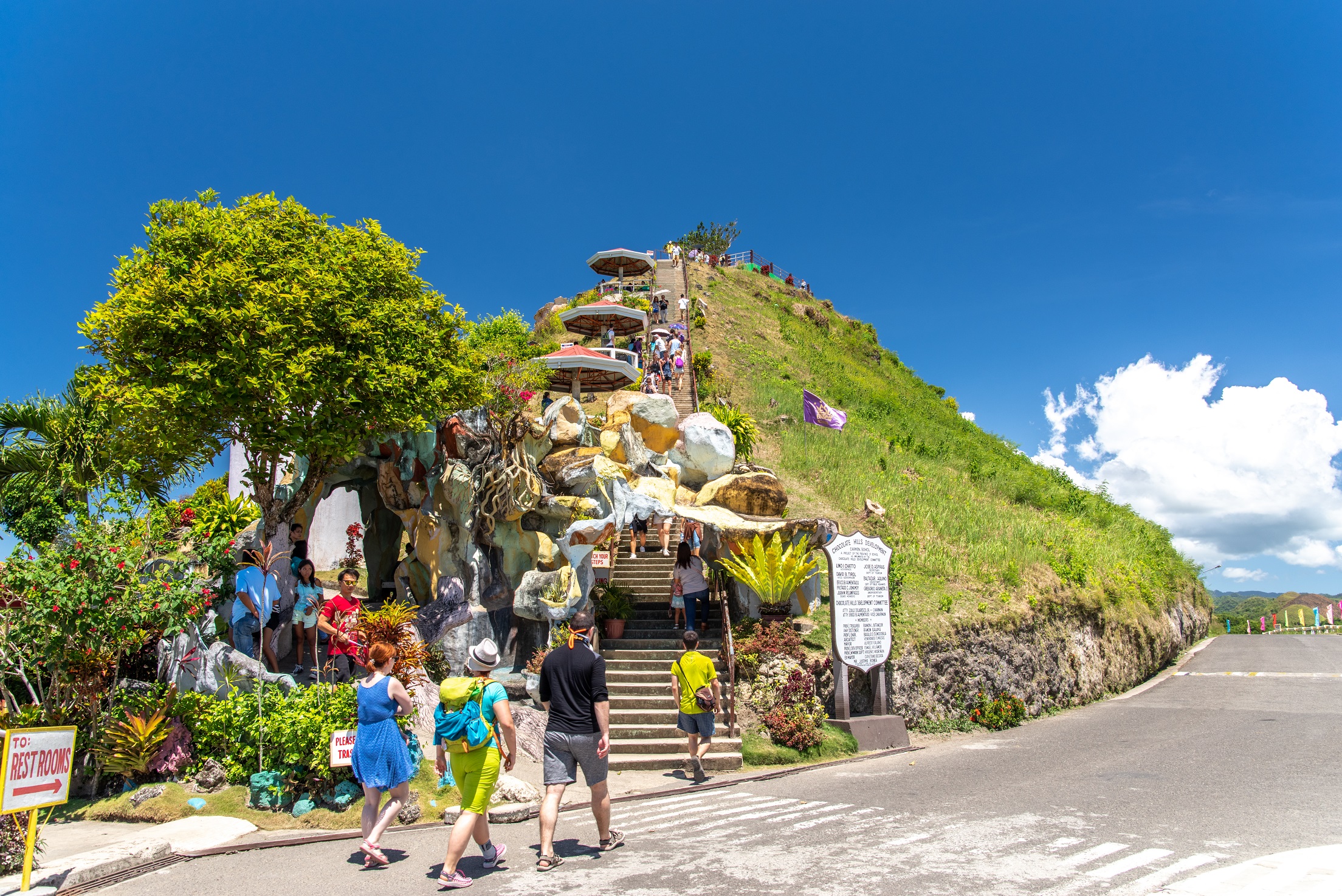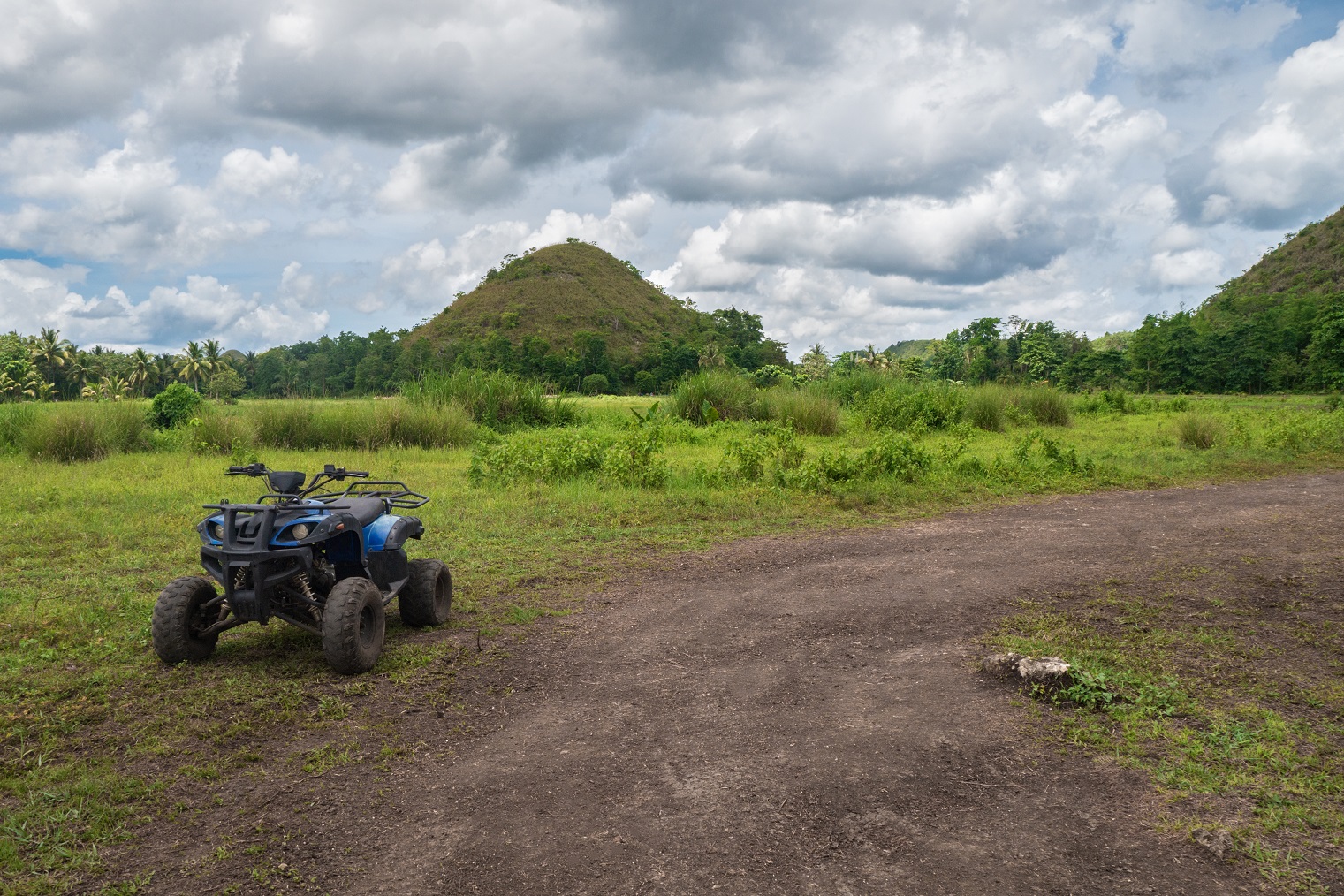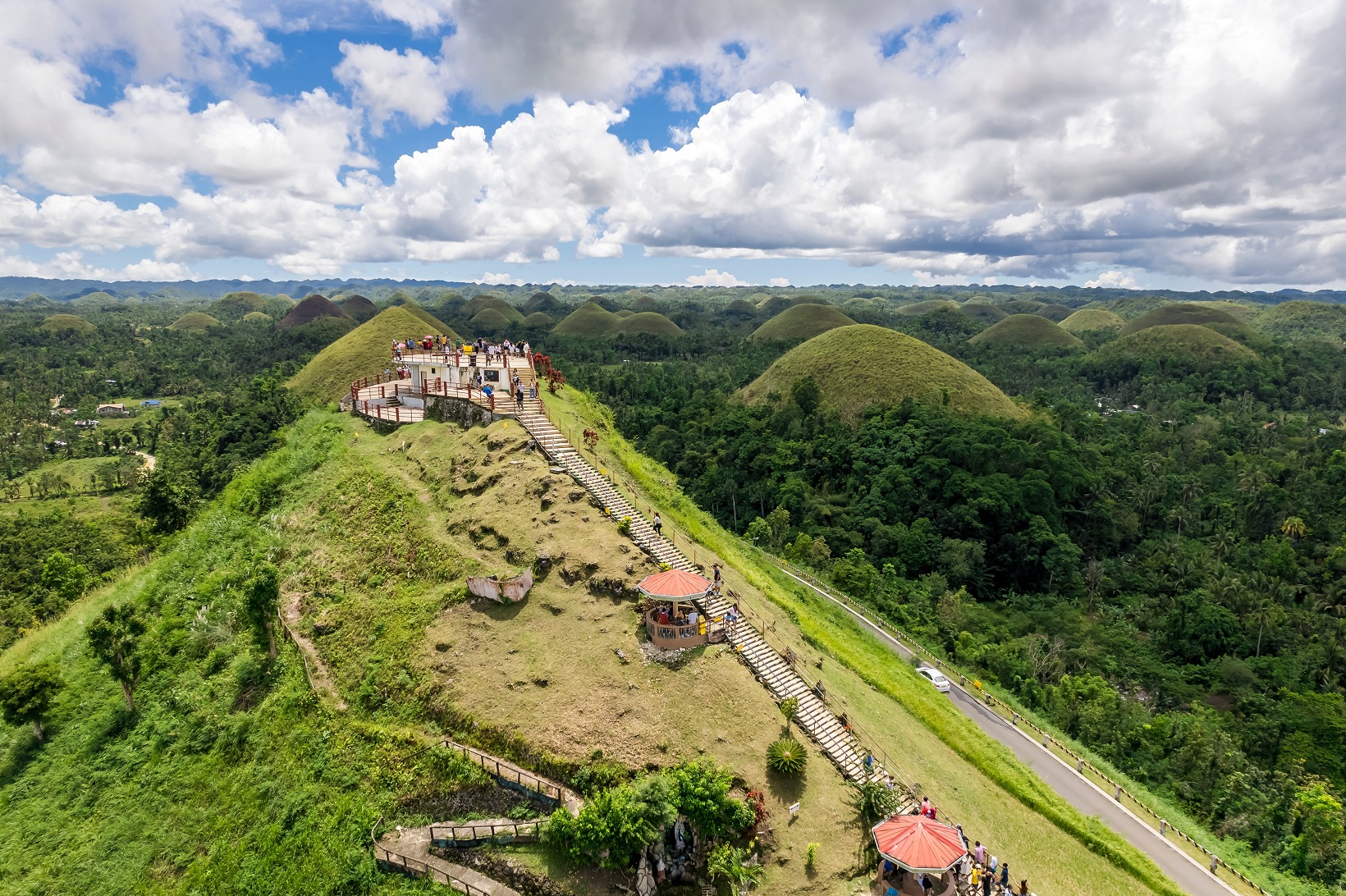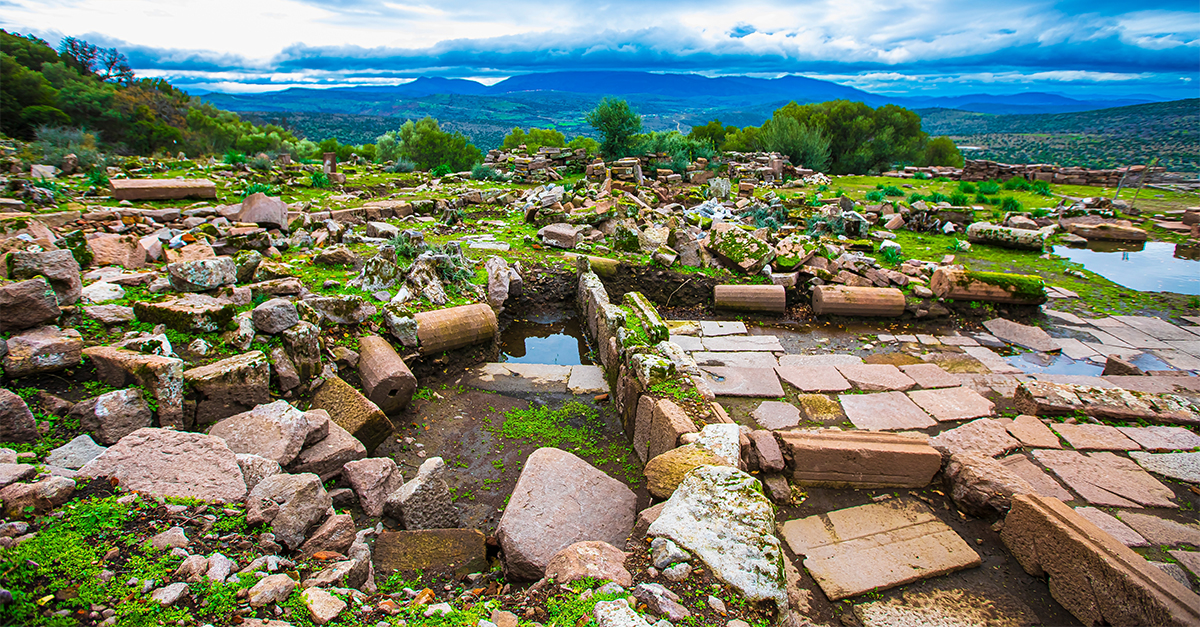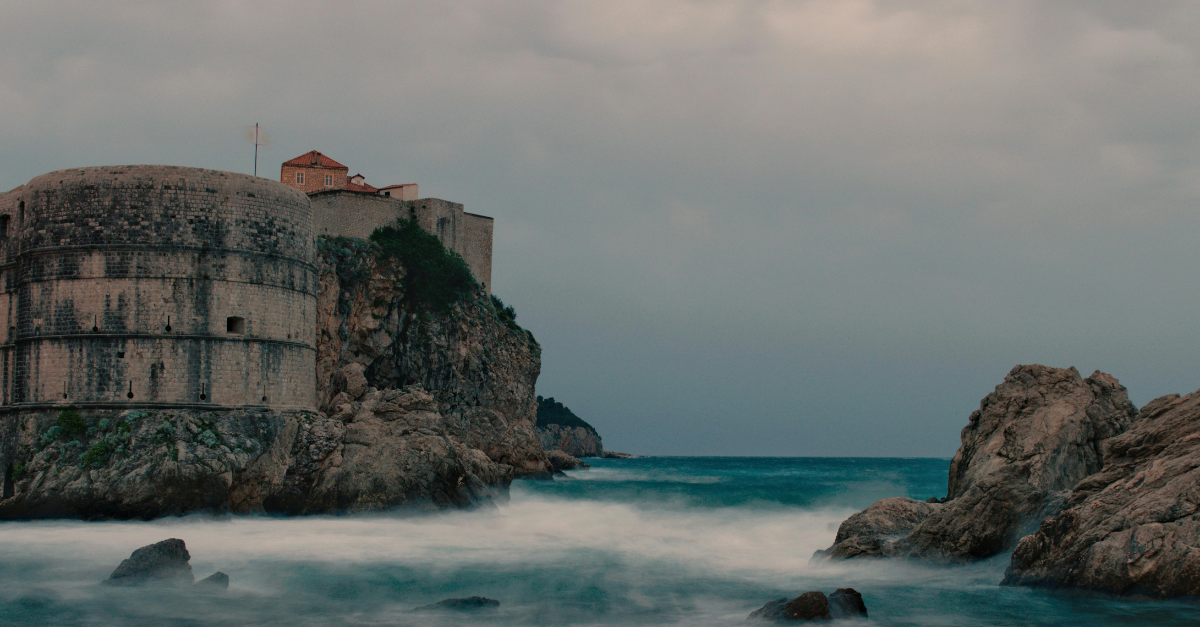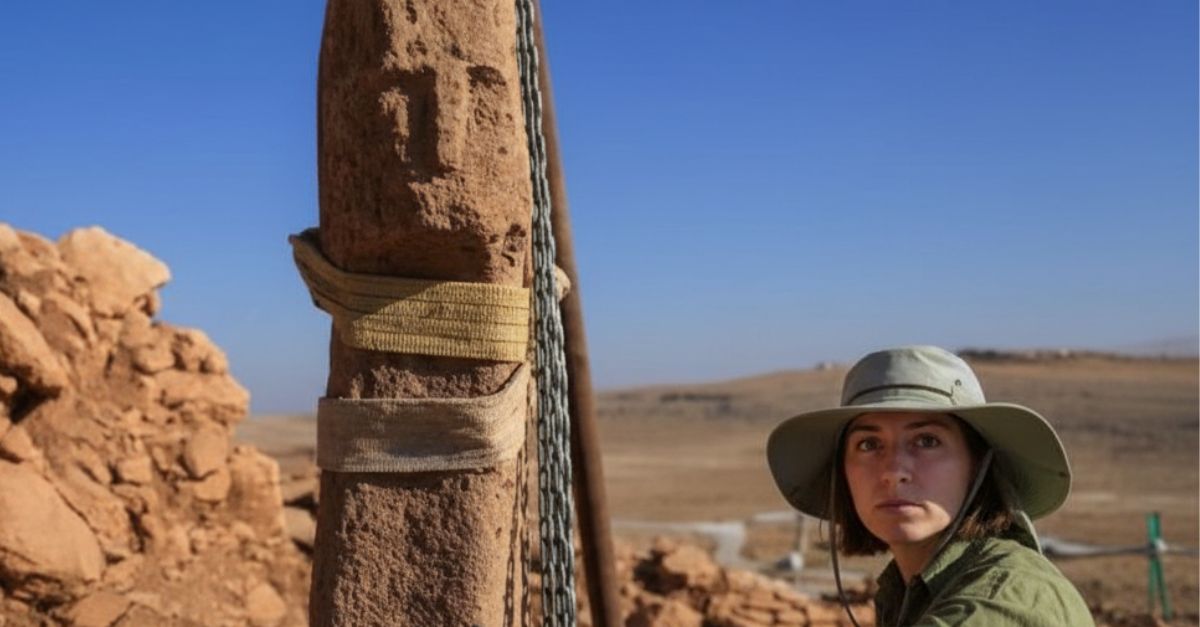Everything You Need To Know About The Chocolate Hills
Tucked away on the island of Bohol, you’ll discover the enchanting Chocolate Hills—one of the Philippines' most captivating natural wonders. These cone-shaped peaks aren’t just a sight to behold; they’re surrounded by fascinating myths and legends that only add to their charm. No wonder they’ve become a must-see attraction!
Where Are The Chocolate Hills?
The Chocolate Hills spread across more than 50 square kilometers in Bohol, and island province in the Philippines. No one knows exactly how many there are, but scientists have counted at least 1,260 hills and there could be as many as 1,776.
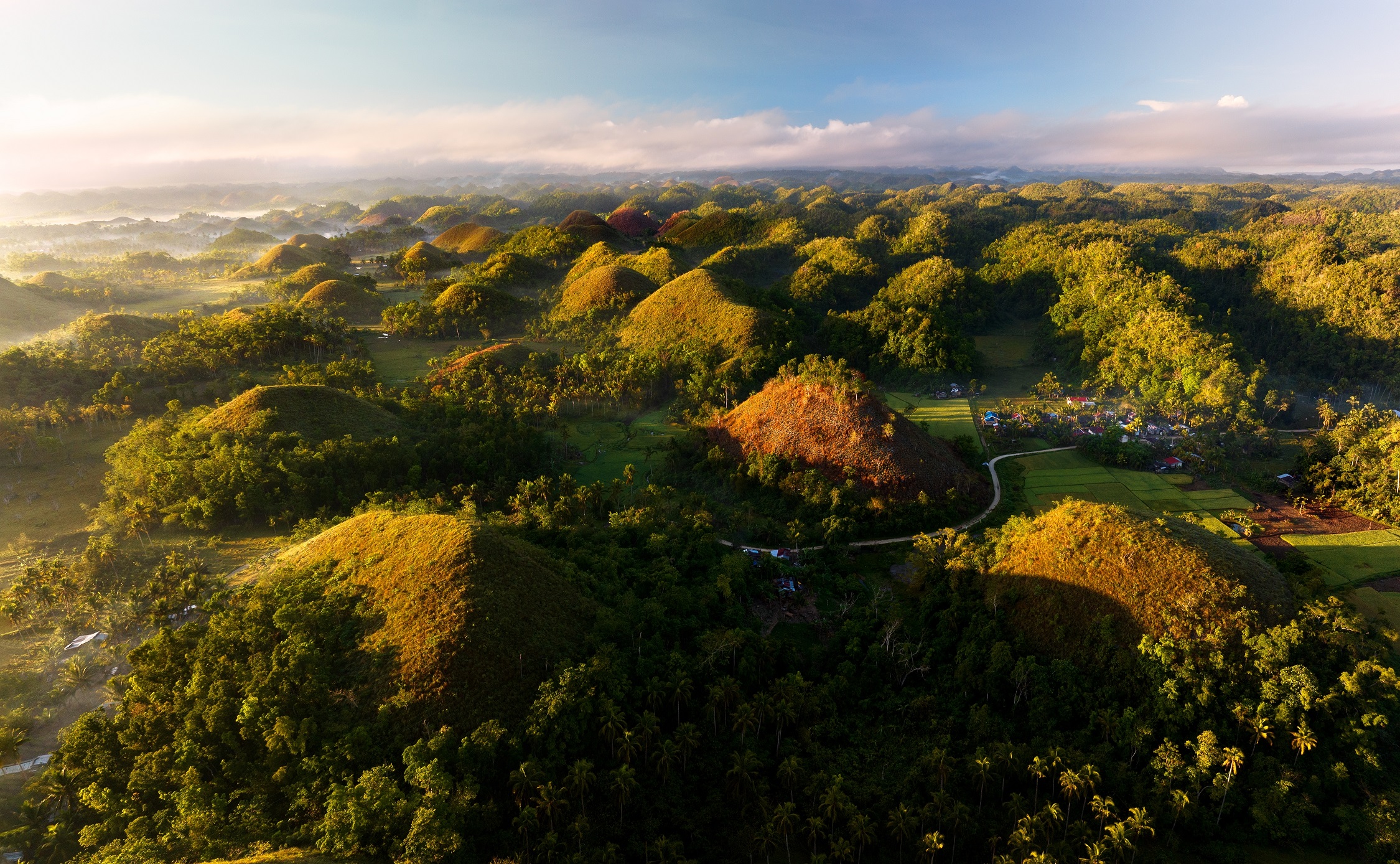 Joe Dordo Brnobic, Shutterstock
Joe Dordo Brnobic, Shutterstock
A World Wonder
Because of their unique color, the hills have become a famous tourist attraction in the Philippines. They are featured on the provincial flag and have even been called the eighth wonder of the world.
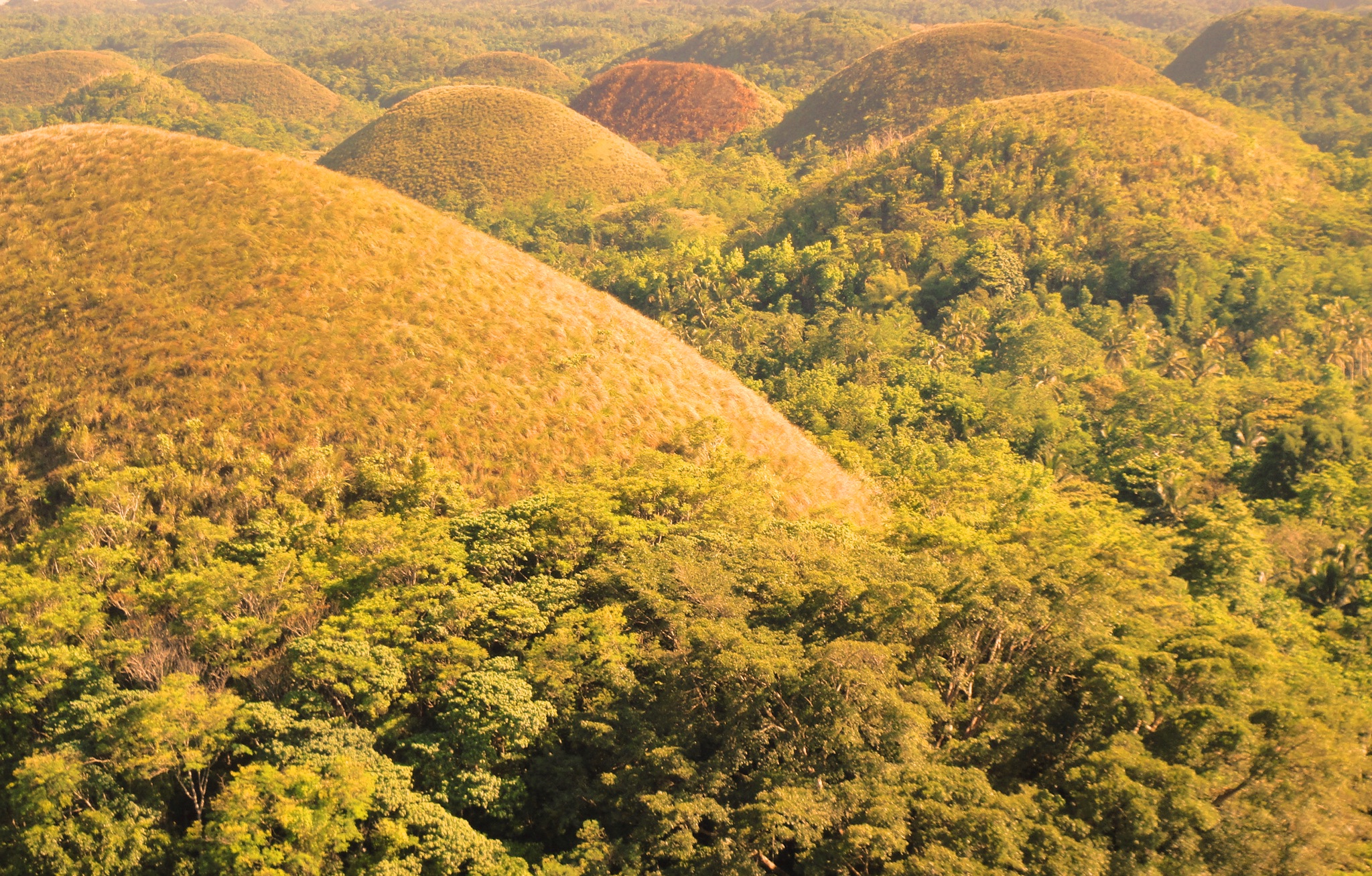 Qaalvin, CC BY 3.0, Wikimedia Commons
Qaalvin, CC BY 3.0, Wikimedia Commons
Why Are They Brown?
The hills earned their name thanks to a sweet illusion. During the dry season, the green grass covering them fades to a rich brown, transforming the landscape into what looks like a sea of giant chocolate truffles.
The Science
To geologists, the hills are categorized as “conical karst topography.” That’s just a fancy way of saying the hills are really old limestone deposits.
Over the millennia, rainfall carved the peaks and valleys that have that have become so famous on Bohol.
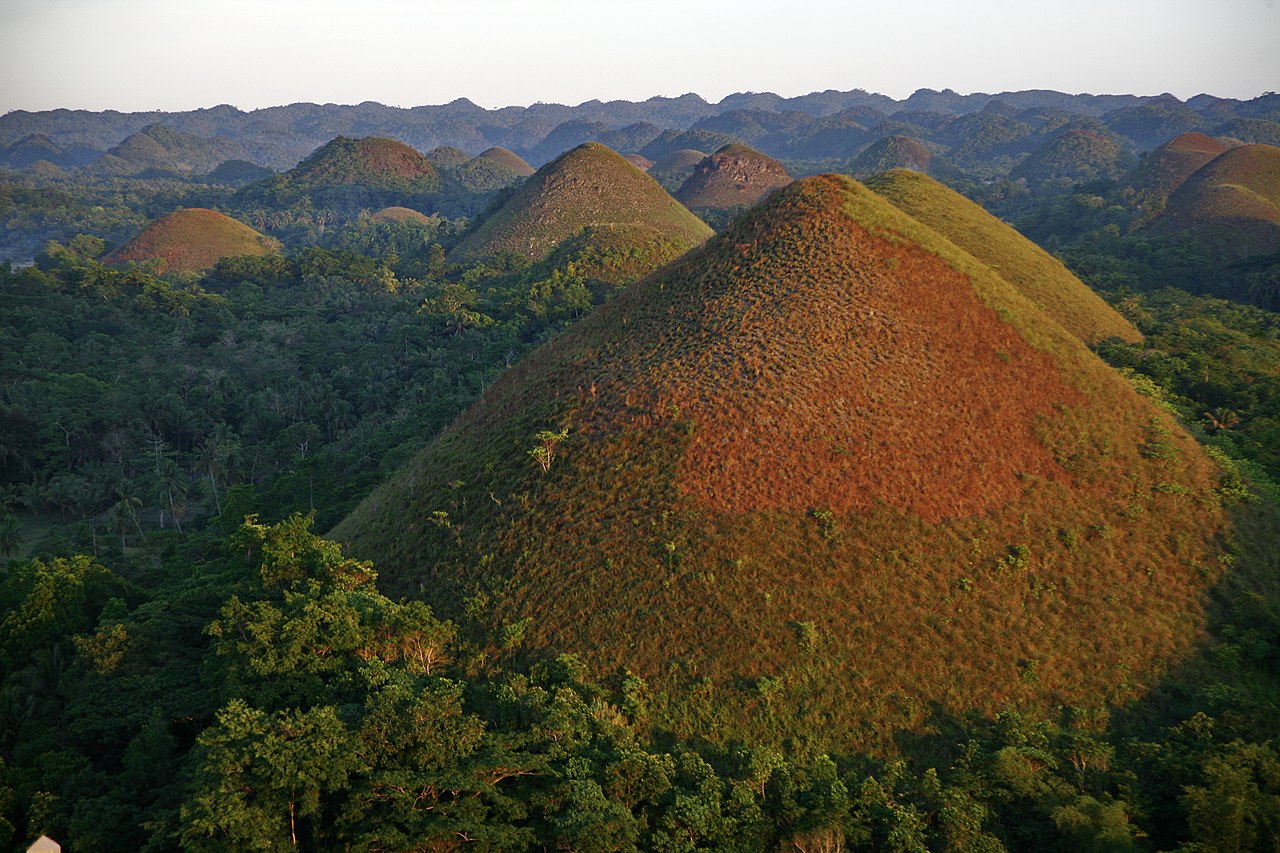 Mark Levitin, CC BY-SA 4.0, Wikimedia Commons
Mark Levitin, CC BY-SA 4.0, Wikimedia Commons
They’re Very Old
The formation of the Chocolate Hills dates back to the Late Pilocene era, more than 2.5 million years ago. Because of this, the limestone deposits in the hills are full of marine fossils, like coral, mollusks, and algae.
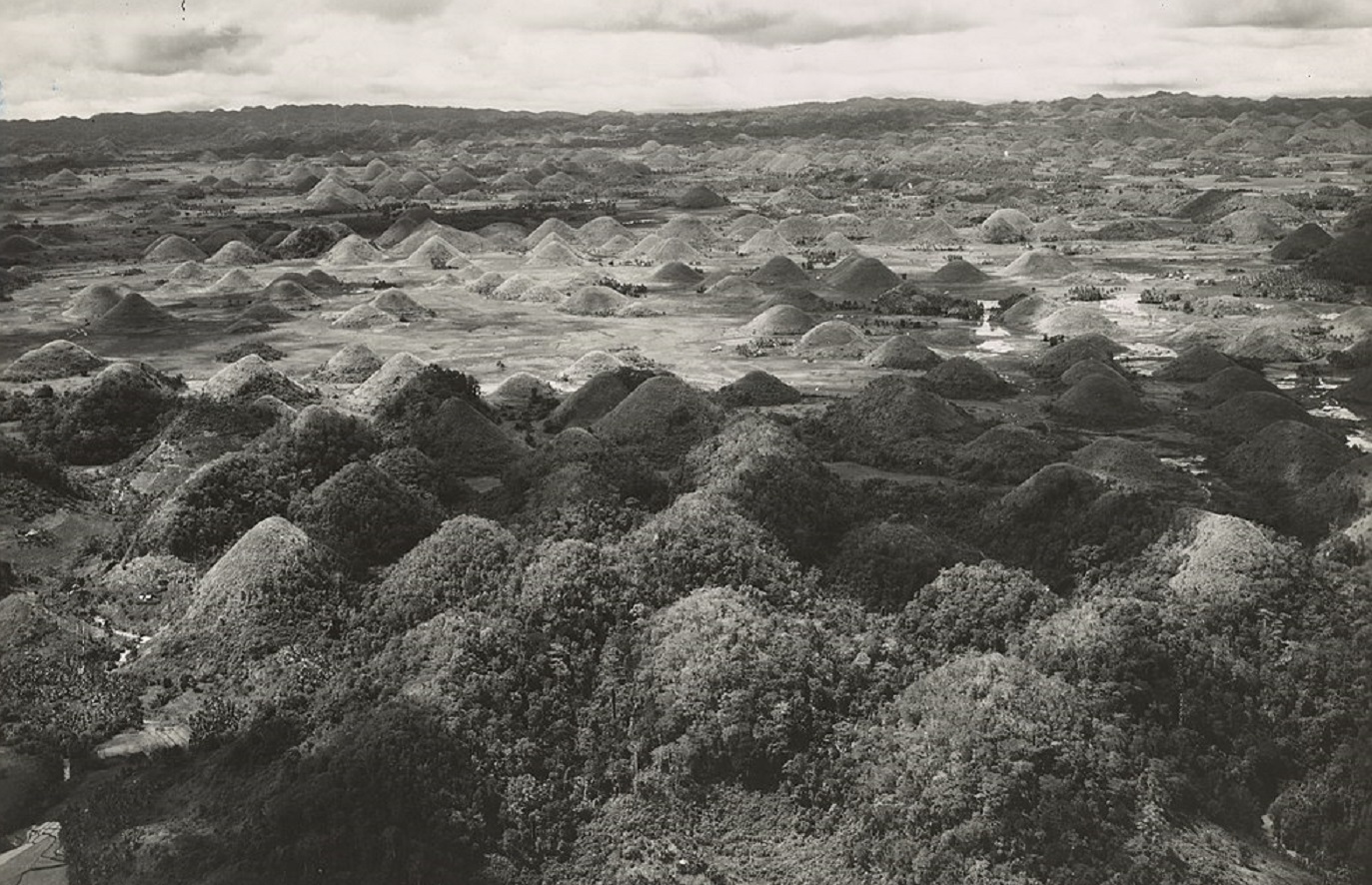 National Archives and Records Administration, Wikimedia Commons
National Archives and Records Administration, Wikimedia Commons
What Grows There?
While the hills are blanketed in grass and ferns, the flatlands between them are used to grow essential crops like rice. However, in recent years, both the farmland and the iconic hills have faced growing threats from quarrying activity in the area.
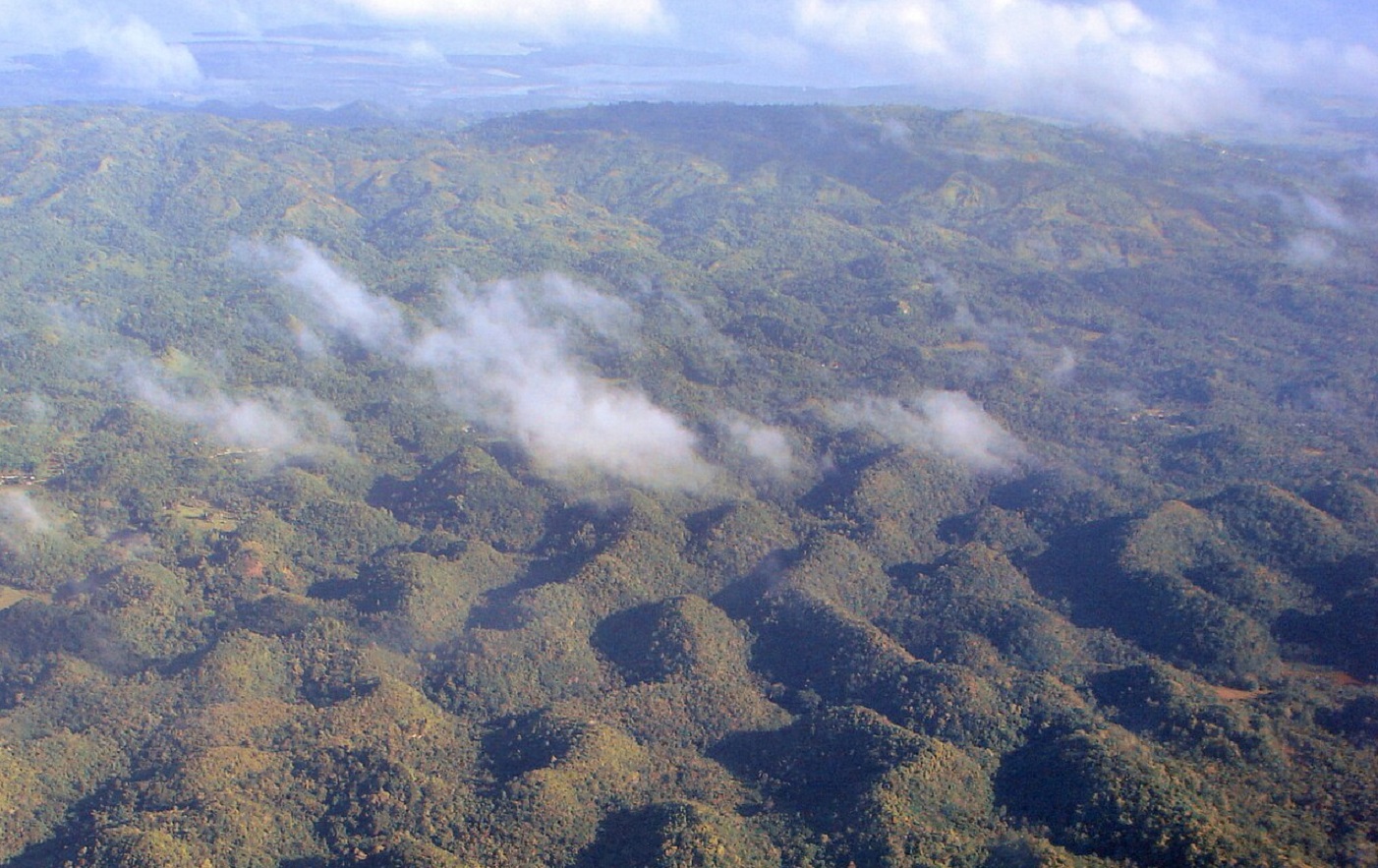 P199, CC BY-SA 3.0, Wikimedia Commons
P199, CC BY-SA 3.0, Wikimedia Commons
Another Theory
While it is widely believed that the hills date back millions of years, there is still some debate over how they formed. Some self-published geologists and amateur enthusiasts have claimed that the hills were created by sub-oceanic volcanic eruptions, but there’s little evidence to support these theories.
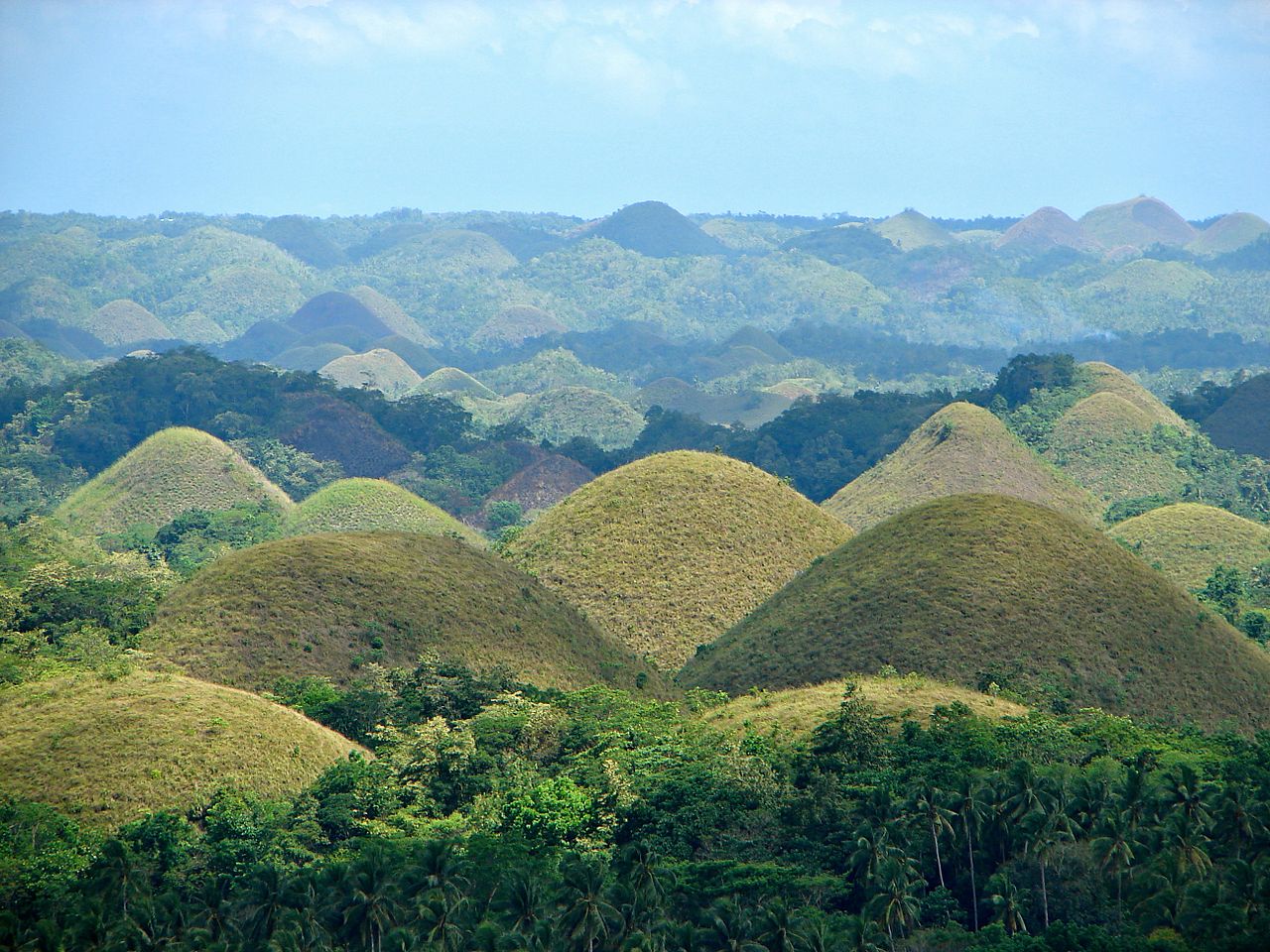 P199, CC BY-SA 3.0, Wikimedia Commons
P199, CC BY-SA 3.0, Wikimedia Commons
Origin Stories
Some say science explains the Chocolate Hills—but the local legends are way more fun. One popular tale tells of two giants who lived on opposite ends of the island. After days of rain turned the land into a muddy mess, the northern giant kicked off an epic mud fight, flinging giant clumps across the landscape. When the feud ended, they left behind what we now know as the Chocolate Hills.
A Giant Legacy
The giants spent days throwing mud balls at each other until they finally started fist-fighting. In the end, the giants knocked each other down and both met their end that day. The remains of the mud balls that they’d thrown are said to have become the Chocolate Hills.
Sprung From Heartbreak
In another legend, the origins of the Chocolate Hills are even more tragic. It’s said that a young giant named Agoro fell in love with human woman named Aloya.
They were together for many years, until Aloya fell ill and perished. Agoro’s tears of grief pooled on the ground, becoming the Chocolate Hills.
The Giants’ Playground
Another beloved legend says the Chocolate Hills were once the playground of giant children. One sunny day, they decided to hold a contest to see who could make the best mud cakes. They scooped up handfuls of sticky earth, shaped them into perfect mounds, and left them to “bake” under coconut shells in the sun, creating the whimsical hills we see today.
Eternal Mud Cakes
Before the mud cake contest ended and the children could decide who’d won, they were called back home.
When they finally went back to the playground, they were so impressed by all the cakes that they left them there. Eventually, the mud cakes became the Chocolate Hills.
How Tall Are The Chocolate Hills?
Despite their big reputation, the Chocolate Hills are quite short. They range from just 100 to 165 feet tall, with the largest hill being an anomaly at 395 feet tall.
Even with their small stature, though, the hills can be seen from the surrounding towns of Carmen, Batuan, Bilar, and Sagbayan.
 Gelofritzie, CC BY-SA 4.0, Wikimedia Commons
Gelofritzie, CC BY-SA 4.0, Wikimedia Commons
When Is The Best Time To Visit?
Bohol has a tropical climate, so timing your visit is key if you want to avoid muddy trails and sudden downpours. The best time to see the Chocolate Hills is during the dry season, from December to May—when the weather is warm, sunny, and ideal for exploring. April is a sweet spot, offering not only great views of the hills but also perfect conditions for beach days, snorkeling, and soaking up island life.
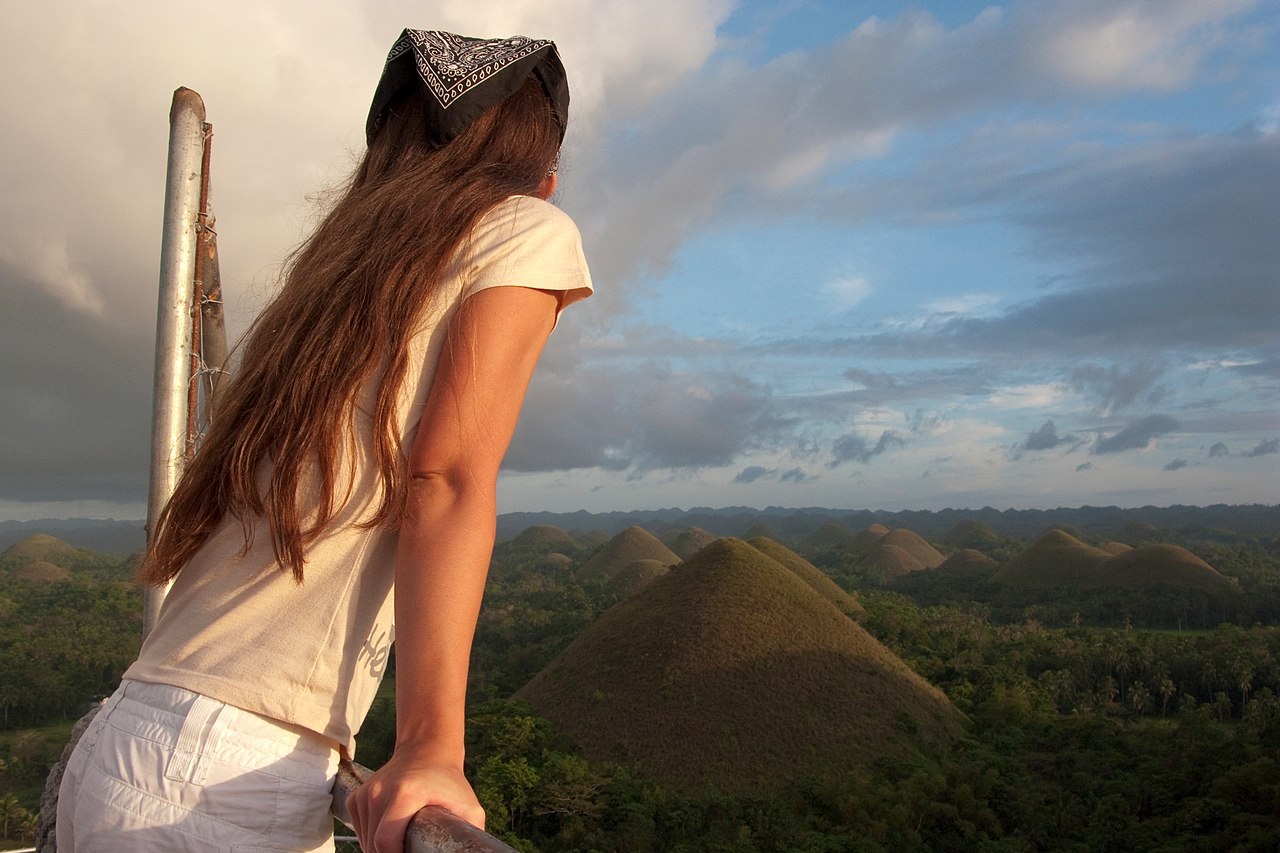 Vyacheslav Argenberg , CC BY 4.0, Wikimedia Commons
Vyacheslav Argenberg , CC BY 4.0, Wikimedia Commons
How To Get There
The easiest way to get to the Chocolate Hills is by taking a ferry from Cebu City to Bohol’s capital, Tagbilaran. It’ll take a couple hours each way, but it’s well worth it and still leaves lots of time to do some sightseeing on the island.
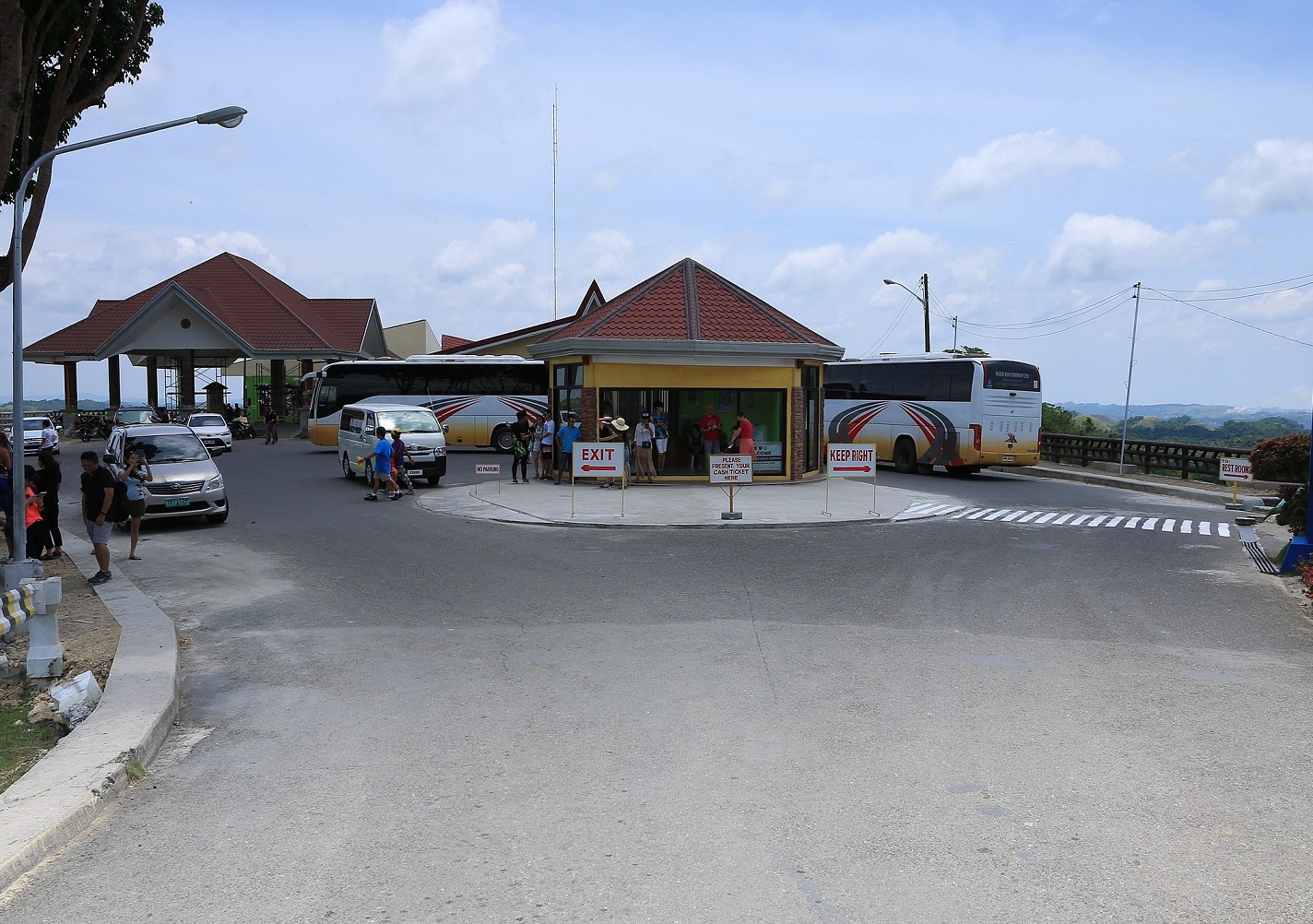 Øyvind Holmstad, CC BY-SA 4.0, Wikimedia Commons
Øyvind Holmstad, CC BY-SA 4.0, Wikimedia Commons
Flying To The Hills
Flying is another convenient way of getting to the Chocolate Hills. There are various flights from Manila and Mindanao. Once you land at Bohol-Panglao Airport, there are lots of buses and ride services to get to the hills.
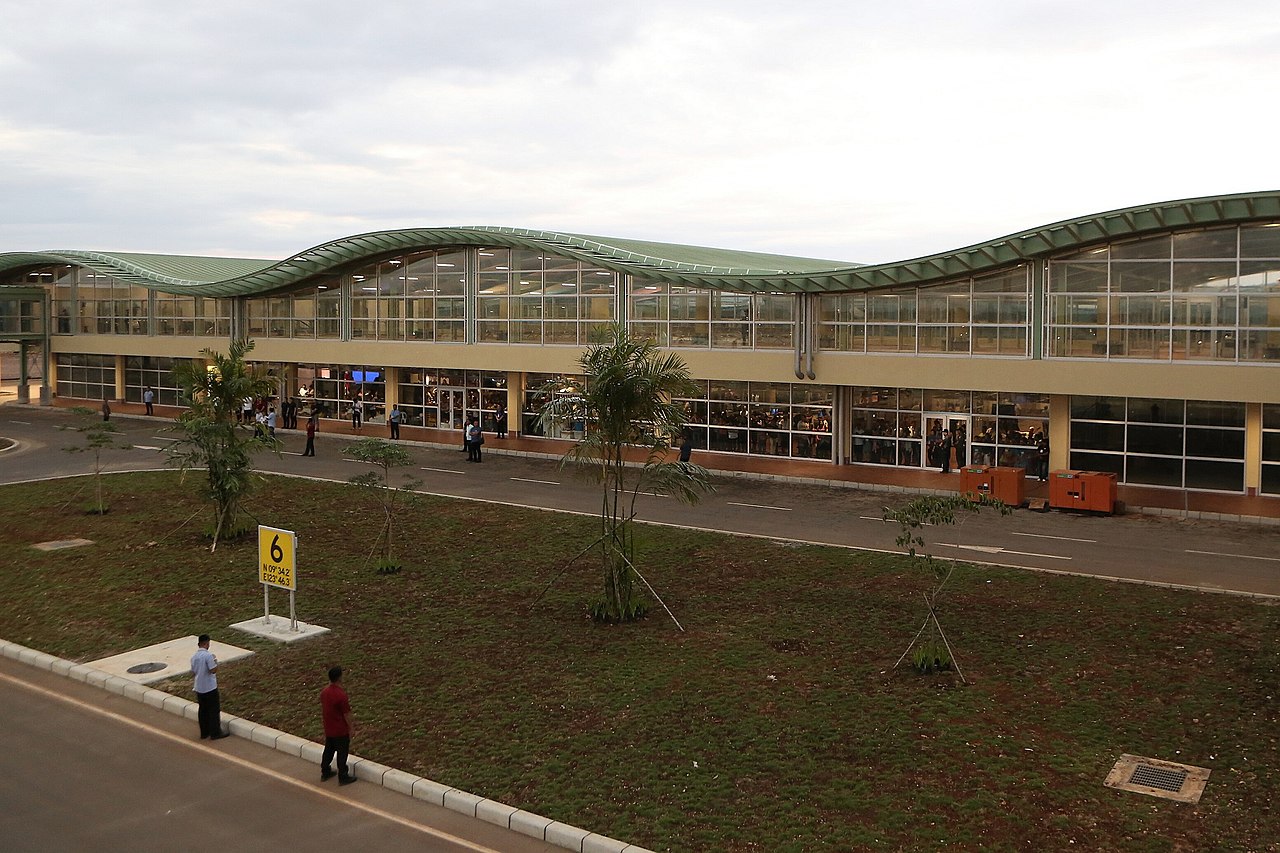 ALBERT ALCAIN/PRESIDENTIAL PHOTO, Wikimedia Commons
ALBERT ALCAIN/PRESIDENTIAL PHOTO, Wikimedia Commons
Can You Climb The Hills?
While you can wander around the base and explore the surrounding terrain, climbing the Chocolate Hills is off-limits. To protect the delicate vegetation that gives them their unique charm, visitors are encouraged to enjoy the view from designated lookout points—perfect for snapping photos without leaving a footprint.
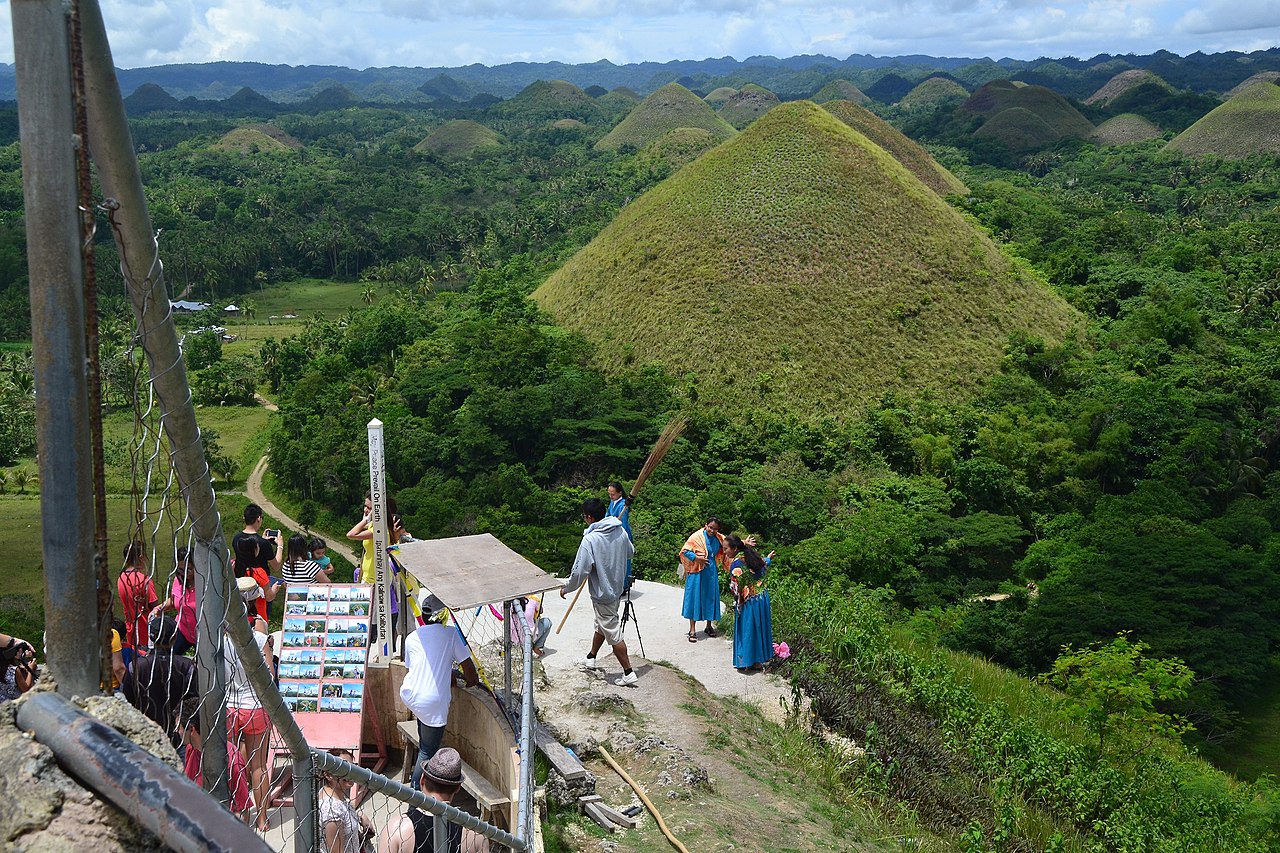 Hariboneagle927, CC-BY-2.0, Wikimedia Commons
Hariboneagle927, CC-BY-2.0, Wikimedia Commons
The Chocolate Hills Complex
The town of Carmen is where you’ll find the most popular viewing point for the hills: The Chocolate Hills Complex. The complex is built into one of the hills and after a climb of 214 steps, you’ll reach a 360-degree overlook that provides an incredible view of this renowned landscape.
Another Point Of View
If you want to see the Chocolate Hills from somewhere a little less crowded, head over to the Sagbayan Peak. Also built into one of the hills, it’s just a few kilometers away from the Chocolate Hills Complex in Carmen but is far more spacious.
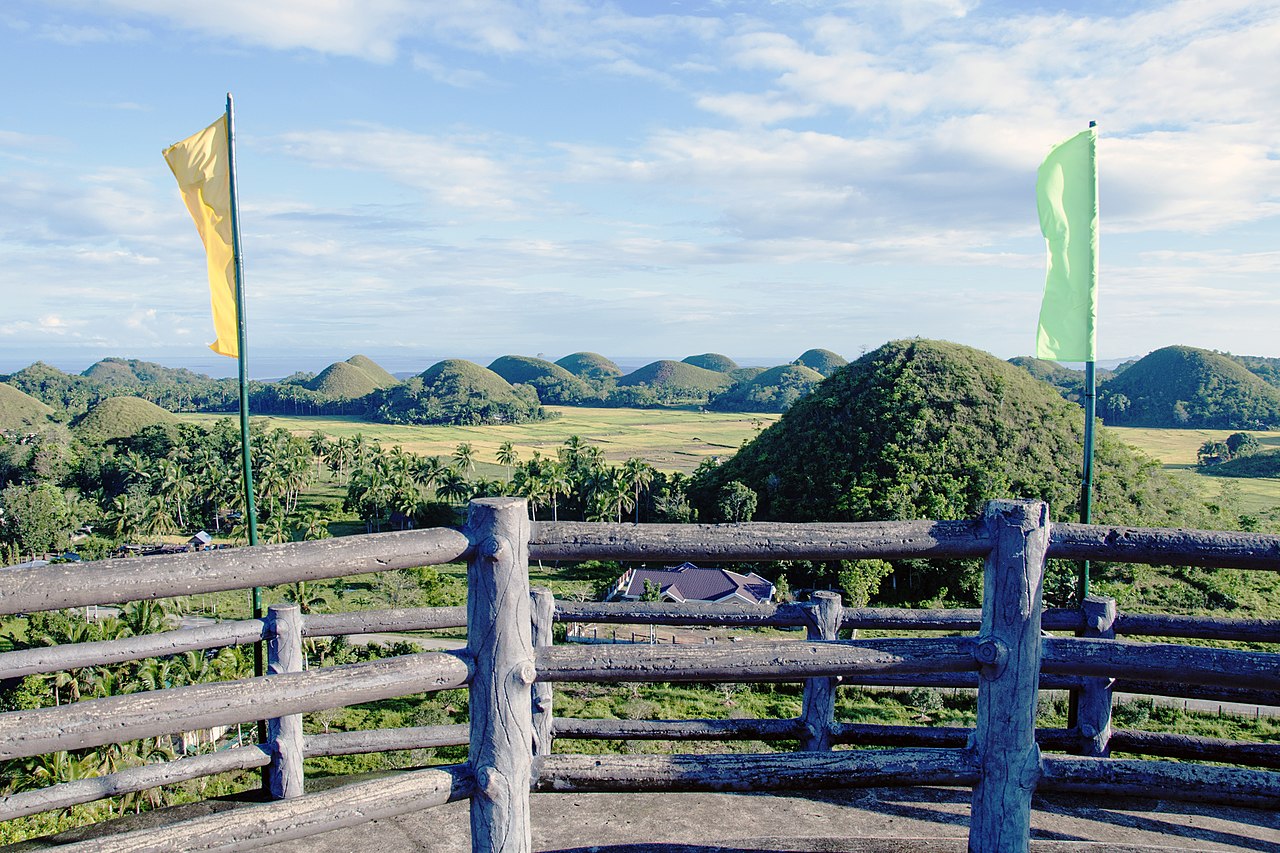 Francisco M. Pajares, Jr., CC BY-SA 4.0, Wikimedia Commons
Francisco M. Pajares, Jr., CC BY-SA 4.0, Wikimedia Commons
A Great Place To Stay
Both main viewpoints for the Chocolate Hills are part of resort areas, so your visit can be more than just a quick photo op. You can grab a bite to eat, browse for souvenirs in the gift shops, or even book a stay to soak in more of the region’s beauty and explore nearby sights at a relaxed pace.
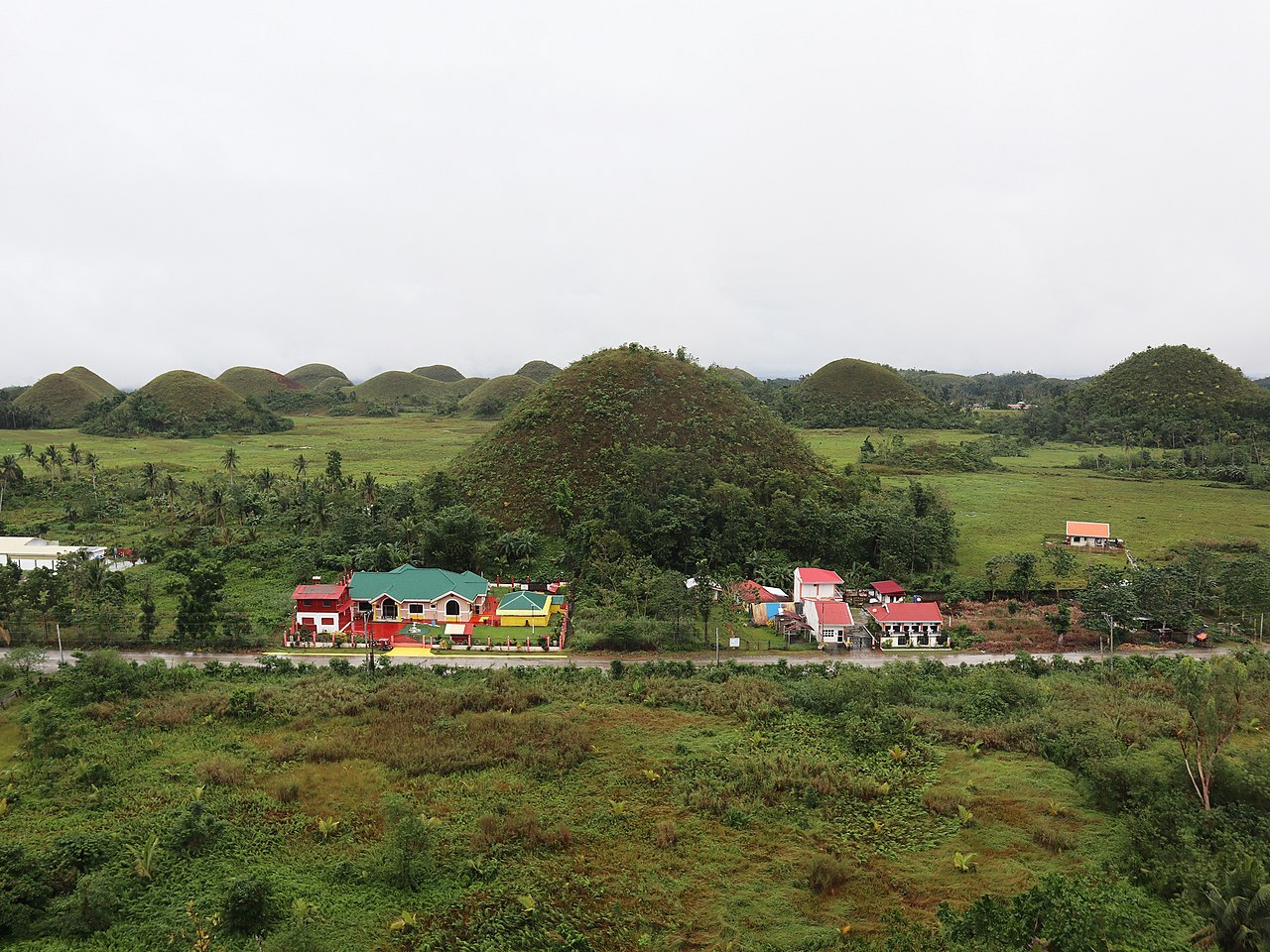 Patrickroque01, CC BY-SA 4.0, Wikimedia Commons
Patrickroque01, CC BY-SA 4.0, Wikimedia Commons
The Adventure Park
For an exciting adventure and another breathtaking view of the hills, head over to the Chocolate Hills Adventure Park. There you can experience the thrill of zip-biking and traditional ziplining with a view of the legendary hills.
 Fars Media Corporation, CC BY 4.0, Wikimedia Commons
Fars Media Corporation, CC BY 4.0, Wikimedia Commons
Riding Through The Hills
If you’re looking to step your sightseeing up a notch, get closer to the hills with an exciting ATV ride through the trails that weave in between them. You can choose from wide range of guided tours or book an ATV on your own for a solo adventure.
A National Treasure
While their status as a world wonder may be up for debate, the Chocolate Hills are still one of the few National Geological Monuments in the Philippines. The hills have been put forward to be included on the UNESCO World Heritage List.
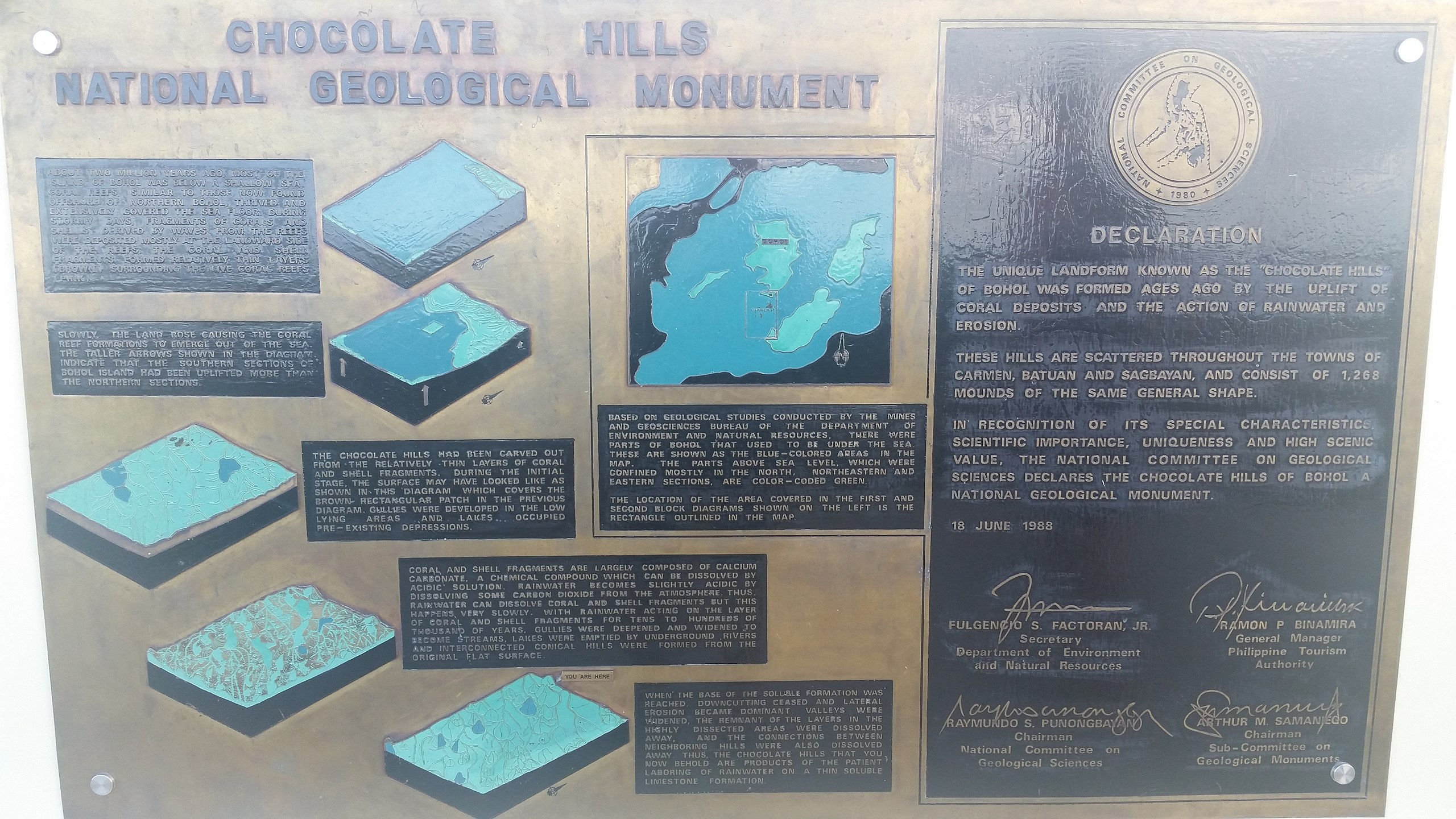 Pi3.124, CC BY-SA 4.0, Wikimedia Commons
Pi3.124, CC BY-SA 4.0, Wikimedia Commons
Are There More Hills Like This?
Karst formations like the Chocolate Hills aren’t unique to Bohol—you can find similar landscapes in parts of Cebu, Siquijor, and Masbate. But none match the scale and sheer number of hills in Bohol, making the Chocolate Hills a truly one-of-a-kind natural wonder.
 Christopher Sundita, CC BY-SA 3.0, Wikimedia Commons
Christopher Sundita, CC BY-SA 3.0, Wikimedia Commons
Threats Against The Hills
While the Chocolate Hills are beloved by many in the Philippines and have historically been protected by the government, the area has found itself under attack in recent years.
Land-use disputes led to the government amending the protective laws in 2002, so that sections of land in and around the hills could be developed by the province.
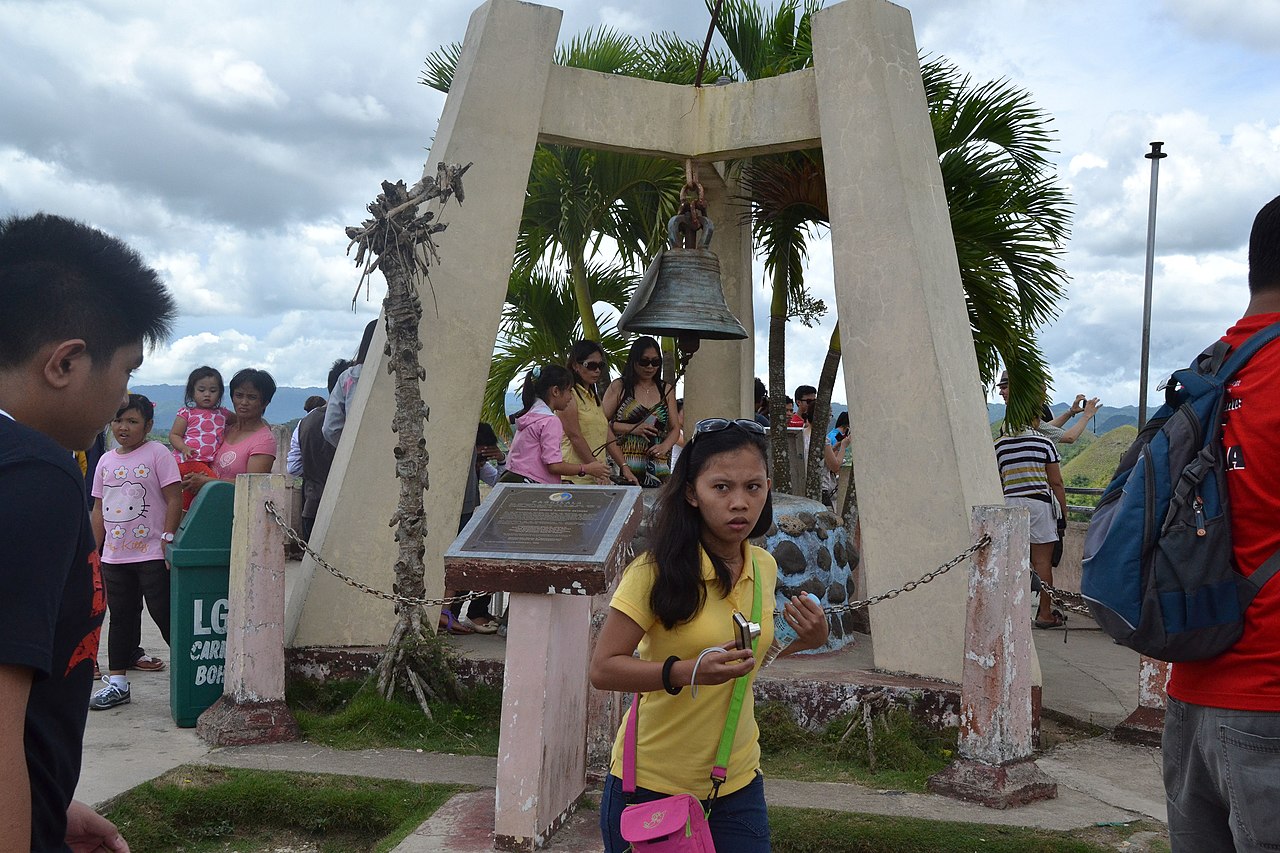 Hariboneagle927, CC-BY-2.0, Wikimedia Commons
Hariboneagle927, CC-BY-2.0, Wikimedia Commons
Fighting For The Hills
Before the Chocolate Hills were designated as a National Geological Monument in 1988, several of the hills were classified as disposable or private lands. Many farmers and locals in the area felt this was a suppression of their own land rights, which eventually culminated in a civil uprising.
 Pi3.124, CC BY-SA 4.0, Wikimedia Commons
Pi3.124, CC BY-SA 4.0, Wikimedia Commons
The Chocolate Hills' Defenders
The uprising was led by the New People’s Army, a group of Maoist guerillas. They changed their name to the Chocolate Hills Command and weren’t afraid to face off with government forces.
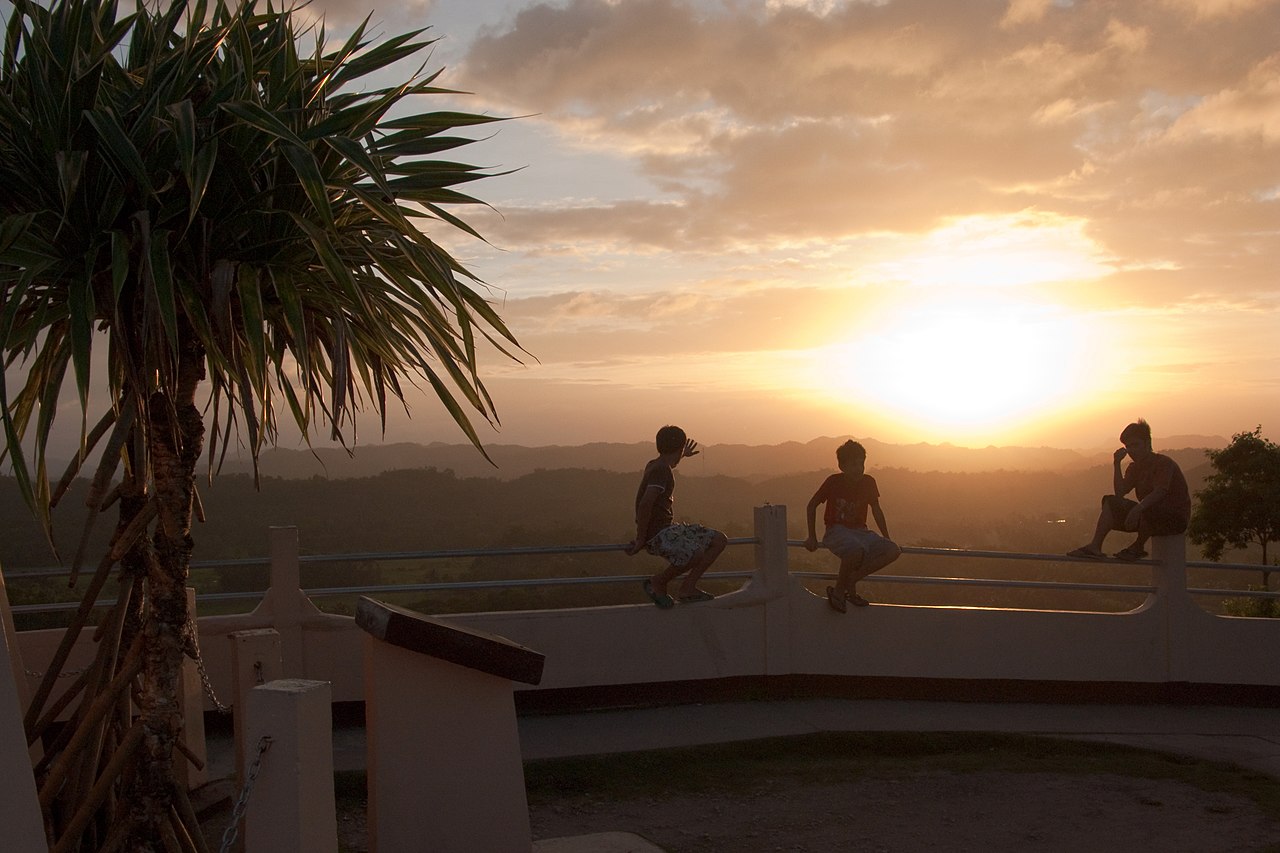 Vyacheslav Argenberg, CC BY 4.0, Wikimedia Commons
Vyacheslav Argenberg, CC BY 4.0, Wikimedia Commons
Modern Threats
While Bohol has long moved past its days of guerrilla conflict, the Chocolate Hills now face a different kind of threat. Despite being a protected natural landmark, the region is under pressure from mining and quarrying—activities that have, at times, been permitted by the very agency meant to safeguard it: the Philippines’ Department of Environment and Natural Resources (DENR).
Final Thoughts
The Chocolate Hills are a stunning reminder of nature’s artistry—an extraordinary wonder that has captivated travelers for generations. While they’ve long enjoyed protected status, the modern world brings new challenges, with mining activity posing an increasing threat to their preservation.
Fortunately, the Bohol government continues to recognize the hills’ cultural and environmental value, working to ensure these iconic formations remain intact for future generations of curious and awe-inspired visitors.
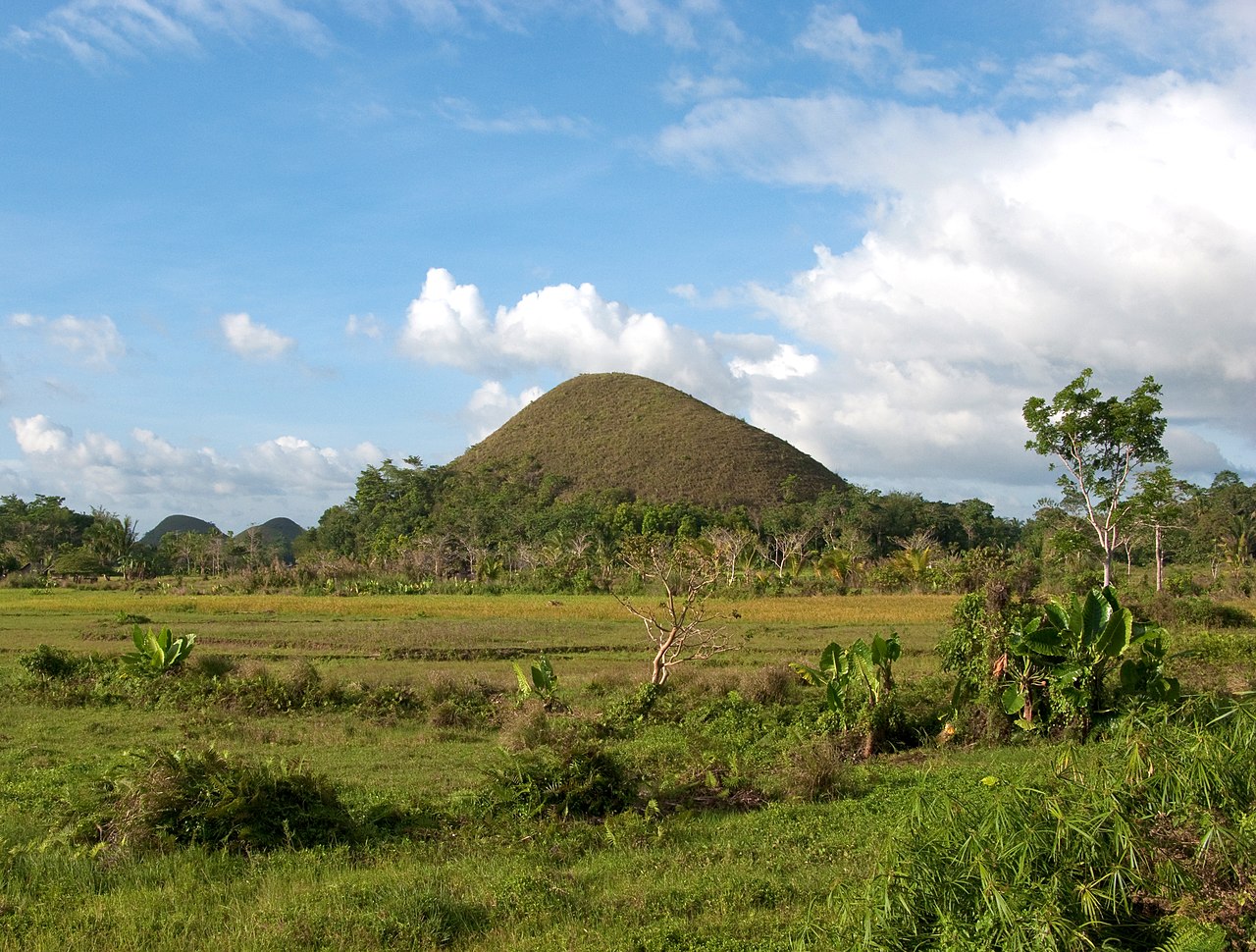 Vyacheslav Argenberg, CC BY 4.0, Wikimedia Commons
Vyacheslav Argenberg, CC BY 4.0, Wikimedia Commons

